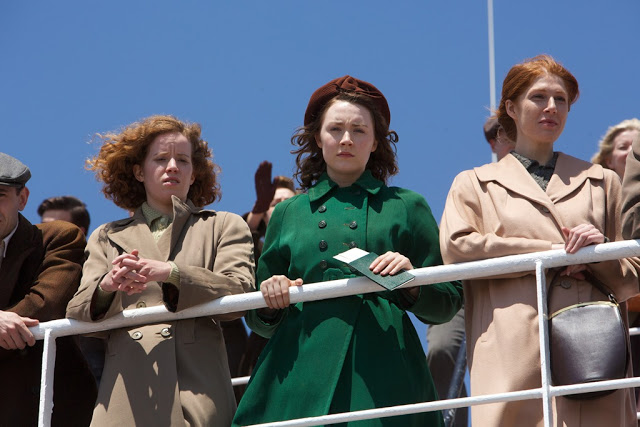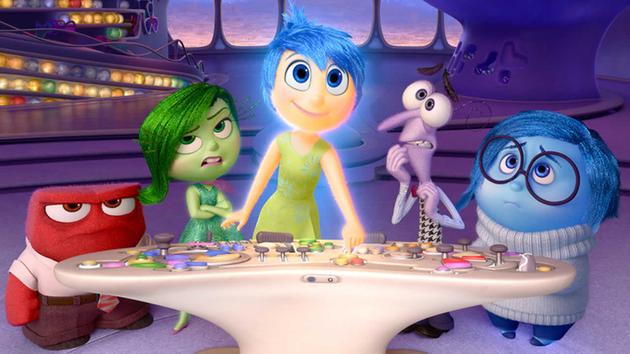Brooklyn: Welcome to the United States. Now Start Your Life.
Brooklyn is a movie about an immigrant seeking a modest life on America’s rocky shores. In these tumultuous times, that alone makes it an interesting artifact. But while it is a thoroughly global production—it was directed by the Irishman John Crowley from a screenplay by the English writer Nick Hornby, adapting a book by Irish novelist Colm Toibin, and it is being distributed here by the American studio Fox Searchlight—it is not concerned with current political or social issues. In fact, it has little interest in contemporary complexities at all. On the contrary, Brooklyn—with its period setting, its classical warmth, its swooning simplicity—is proudly, almost brazenly old-fashioned.
That is a dangerous label to apply to a movie, one that suggests either snobbish nostalgia (“They don’t make ’em like they used to!”) or sneering modernism (“Old movies are so dated!”). But Brooklyn is neither a strained tribute to pictures of the past nor a wistful critique of the uncertainties of the present. It is instead its own creature: funny, tender, a little bit treacly, and entirely true. At its core, Brooklyn is about nothing more than a woman searching for happiness. Watching it, you will have no struggle finding the same. Read More


